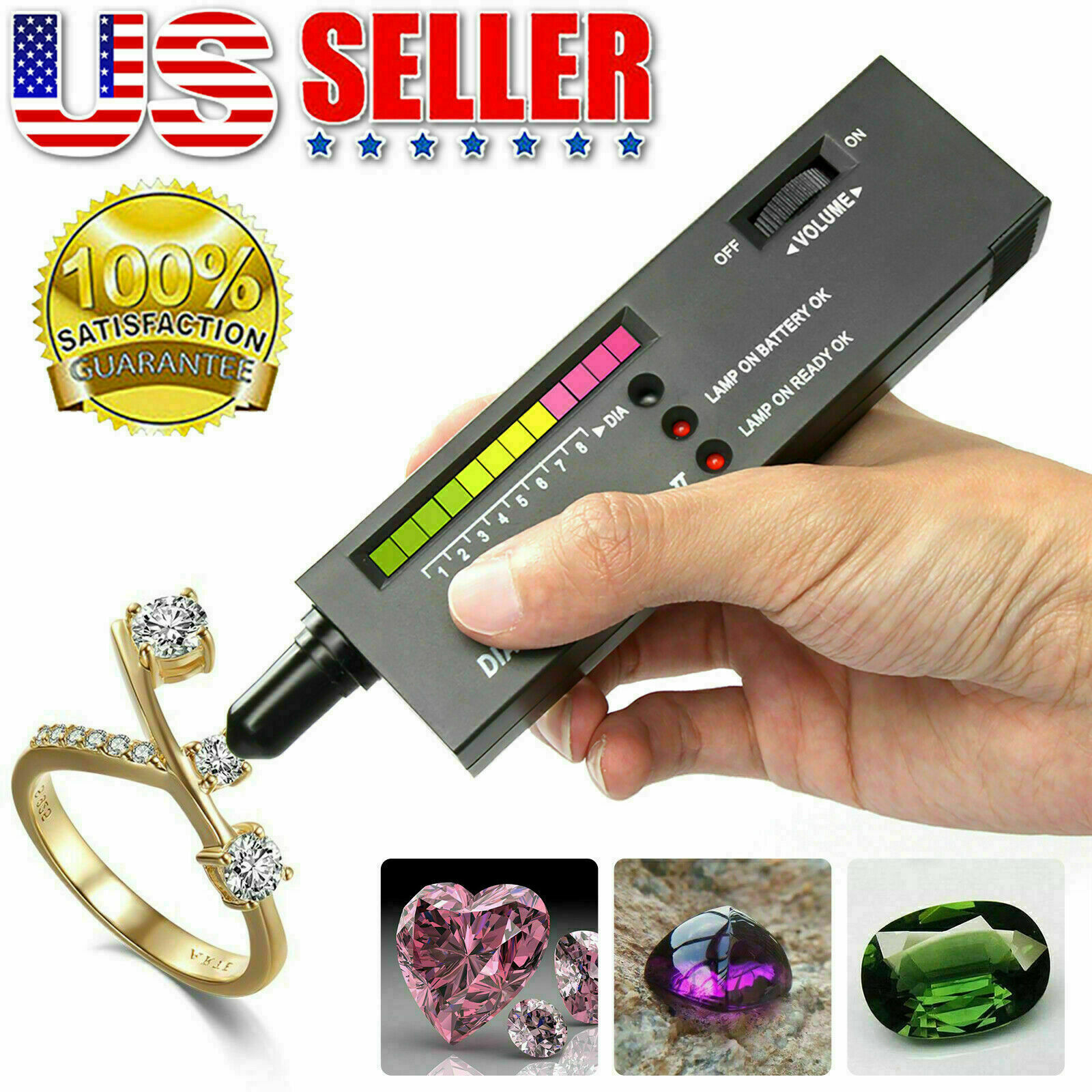-40%
Jeweler Testing Magnet Gold and Silver Tester
$ 6.32
- Description
- Size Guide
Description
Quantity 1: Magnet Gold and Silver Bar TesterThis rare and powerful magnet helps to check base metal (non-precious metal containing nickel or iron) items. Most items attracted by magnets contain little/no precious metals, such as gold or silver. After purchase, the buyer agrees that he or she is responsible for all damages and injuries caused by or to the magnet. The buyer must agree to the pre-purchase terms. When handling these magnets, gloves and protective glasses should be worn.
Magnet terms
The terminology of magnetism has not been widely understood.
Neodymium magnets are a member of the rare earth magnet family and are the most powerful permanent magnets in the world. They are also called NdFeB magnets or NIB because they are mainly composed of neodymium (Nd), iron (Fe), and boron (B). They are a relatively new invention and only recently have they become affordable for everyday use.
Neodymium grade
N35, N38, N42, N38SH... what does all this mean? Neodymium magnets are graded according to the materials they are made of. Generally speaking, the higher the level (the number after "N"), the stronger the magnet. The highest grade neodymium magnet currently available is N52. Any letter after the grade refers to the temperature rating of the magnet. If there is no letter after the grade, the magnet is neodymium at standard temperature. The temperature ratings are standard (not specified)-M-H-SH-UH-EH.
Specifications of neodymium magnets
If you need detailed information about the physical and thermal properties of neodymium magnetic materials.
Electroplating/coating
Neodymium magnets are mainly composed of neodymium, iron and boron. If exposed to the natural environment, the iron in the magnet will rust. In order to protect the magnet from corrosion and strengthen the brittle magnet material, it is usually best to coat the magnet. There are many options for coating, but nickel is the most common and usually the first choice. Our nickel-plated magnets are actually plated with three layers of nickel, copper and nickel again. This three-layer coating makes our magnets more durable than the more common single nickel-plated magnets. Some other coating options are zinc, tin, copper, epoxy, silver and gold. Our gold-plated magnets are actually quadruple nickel, copper, nickel and a layer of gold coating.
Processing
Neodymium material is brittle and easy to crack and crack, so it is not good to process it with conventional methods. Machining a magnet will generate heat. If it is not carefully controlled, it will demagnetize the magnet and even ignite toxic materials that are burning. It is recommended not to process magnets.
demagnetization
Unlike most other types of magnets, rare earth magnets have high resistance to demagnetization. They will not lose magnetization around other magnets or when dropped. However, if they are heated above their maximum operating temperature (the standard N rating is 176°F (80°C)), they will begin to lose strength. If heated above the Curie temperature (standard N grade is 590°F (310°C)), they will completely lose their magnetization. Some of our magnets are made of high temperature materials and can withstand
power
If you have never touched neodymium magnets before, you will be surprised by their strength. Neodymium magnets are more than 10 times stronger than the strongest ceramic magnets. If you are currently using ceramic magnets in your project, you may be able to use smaller neodymium magnets with greater holding power.
Test gold
If a magnet is used to test the purity of gold, it is recommended to use one of our kits with test solution together with the magnet. Magnets alone cannot ensure that the item is gold. You will need the entire kit to achieve 100% accuracy. The magnet will detect the black non-gold metal that attracts the magnet.









